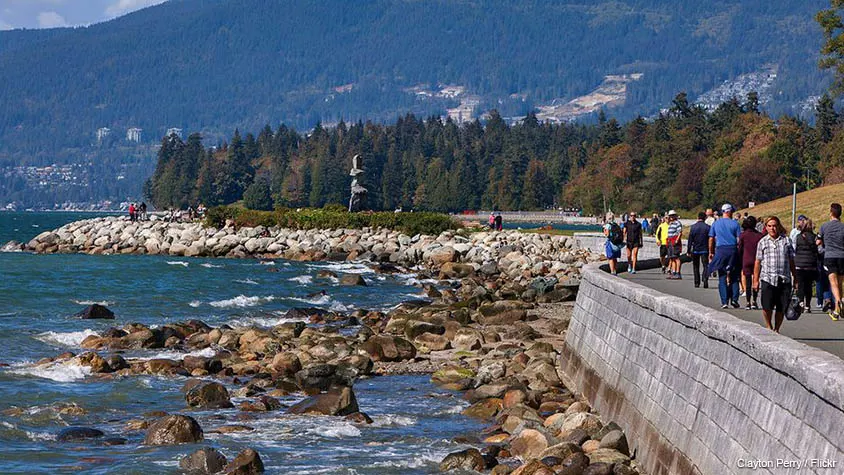What are the environmental impacts of sea walls?
Sea levels are rising and as a consequence so are the number of sea walls. However, until now the environmental impacts of sea walls and other engineering “armoring” have been inadequately studied. A team of scientists from UC Santa Barbara and the National Science Foundation's Long-Term Ecological Research (LTER) network recently collaborated to publish a study in the journal Estuaries and Coasts that analyzes a broad range of environmental effects from shoreline armoring in soft marine sediments, shedding light how such infrastructure is changing more than just landscapes.

"This is one of the first attempts to assess how engineering structures on beaches and other sedimentary environments affect the biota that inhabits these locations," said David Garrison, an LTER program director at the National Science Foundation. "What was novel about this cross-site collaboration was putting these site-specific studies into perspective by making comparisons across a broad range of habitats," said co-author Merryl Alber.
The study looked at results from 88 previous studies that analyzed different types of armoring in diverse soft sediment ecosystems in order to develop a unique conceptual model. "Our model uses two simple axes: the environmental setting of the armoring structure in terms of hydrodynamic energy, like wave and tide regimes, and the degree to which a structure was built to slow water movement or actually stop it from getting through," lead author Jenny Dugan said.
Most of the cases from the existing literature had been in low-energy environments such as salt marshes, tidal creeks, and mangroves. About one-quarter of the cases were from medium-energy systems like harbors, river mouths, and estuaries; only 15% were from high-energy environments such as open coast sandy beaches. Dugan points out that sea level rise means that shoreline armoring structures will experience greater hydrodynamic energy, regardless the type of setting the structure is in.
While past studies had focused on examining how sea walls and armoring affect changes in habitat and species distribution, this model also takes into account nutrient cycling, connectivity, productivity and trophic structure. The team found that shoreline armoring negatively effects every single one of these categories.
The study explains more in depth, writing that they found “a higher frequency of negative responses for structures designed to stop water flow within a given hydrodynamic energy level. Comparisons across the hydrodynamic energy axis were less clear-cut, but negative responses prevailed (>78%) in high-energy environments. Across the 207 armoring effects studied, 71% were significantly negative, 22% were significantly positive, and 7% reported no significant difference.”
From this study stems the hope that the team’s results will advise engineers how to better take the environment into consideration when constructing soft-sediment shoreline armoring. Dugan says that their results aim to encourage developers to incorporate the ecological costs into the monetary value of projects based on differences in environmental settings and hydrodynamic energy. To see a video of one example of how to build a sea wall, watch the footage below.
Sources: Estuaries and Coasts, Science Daily









